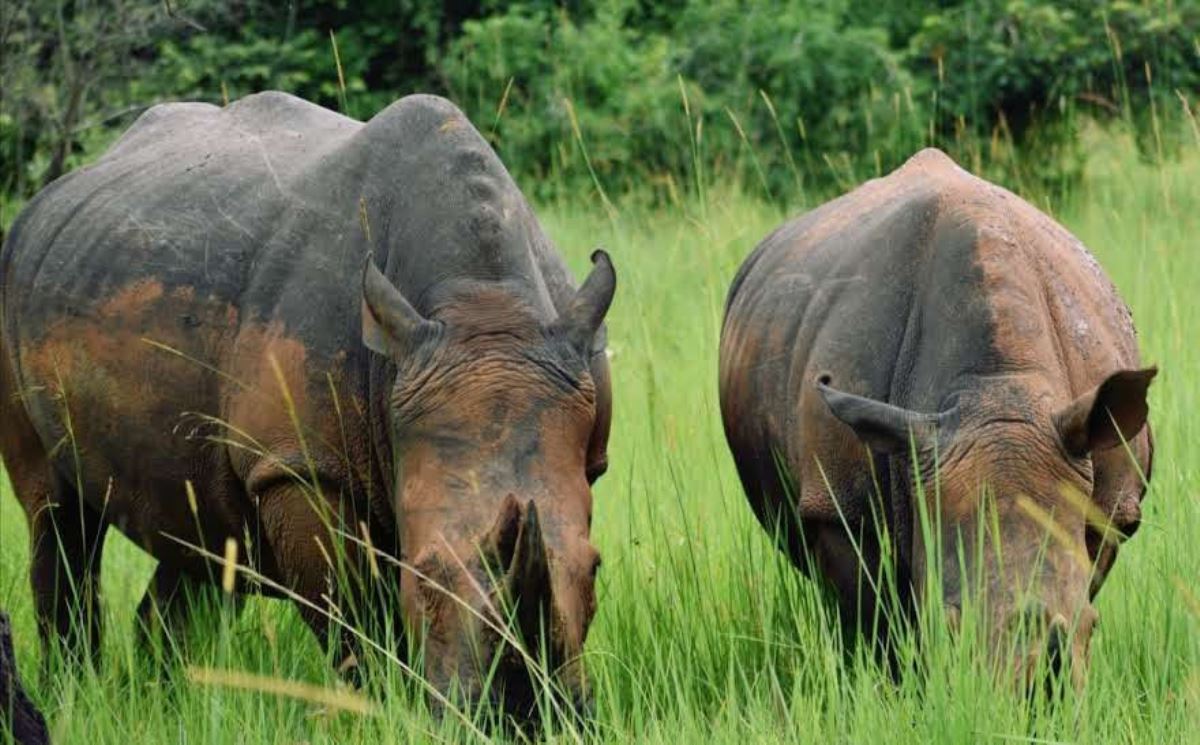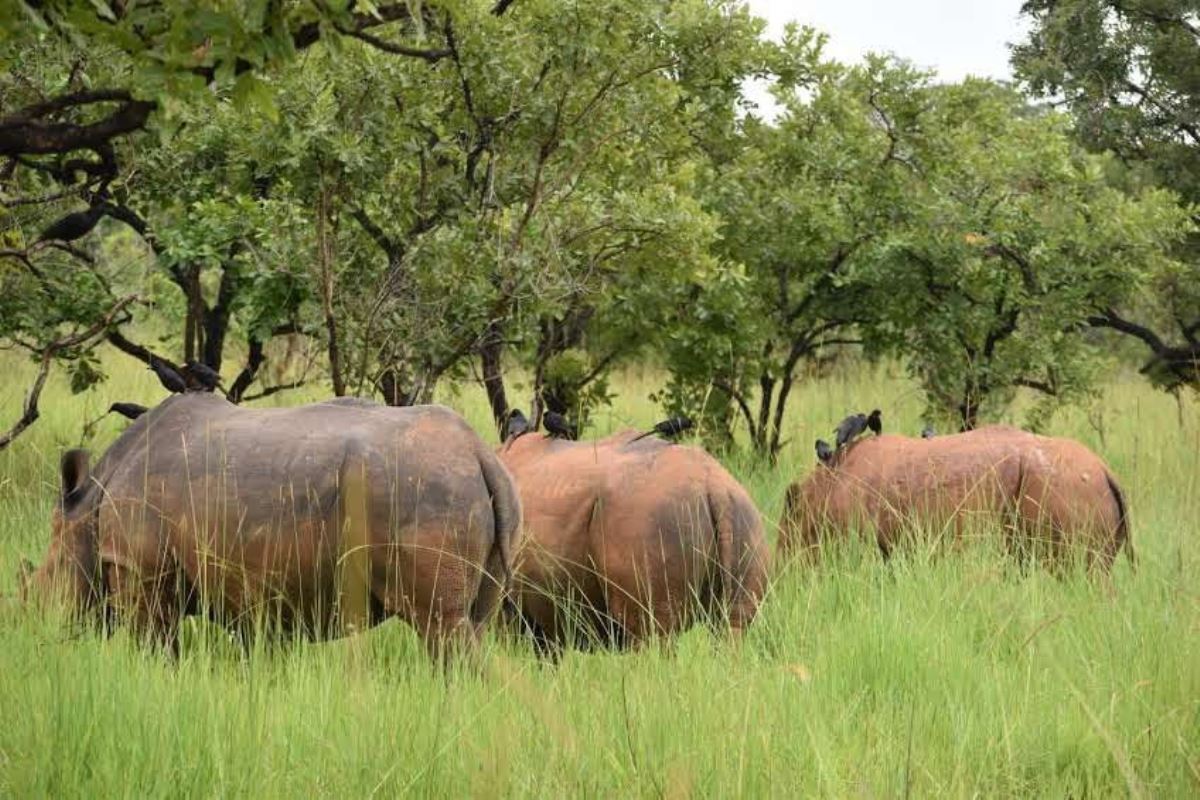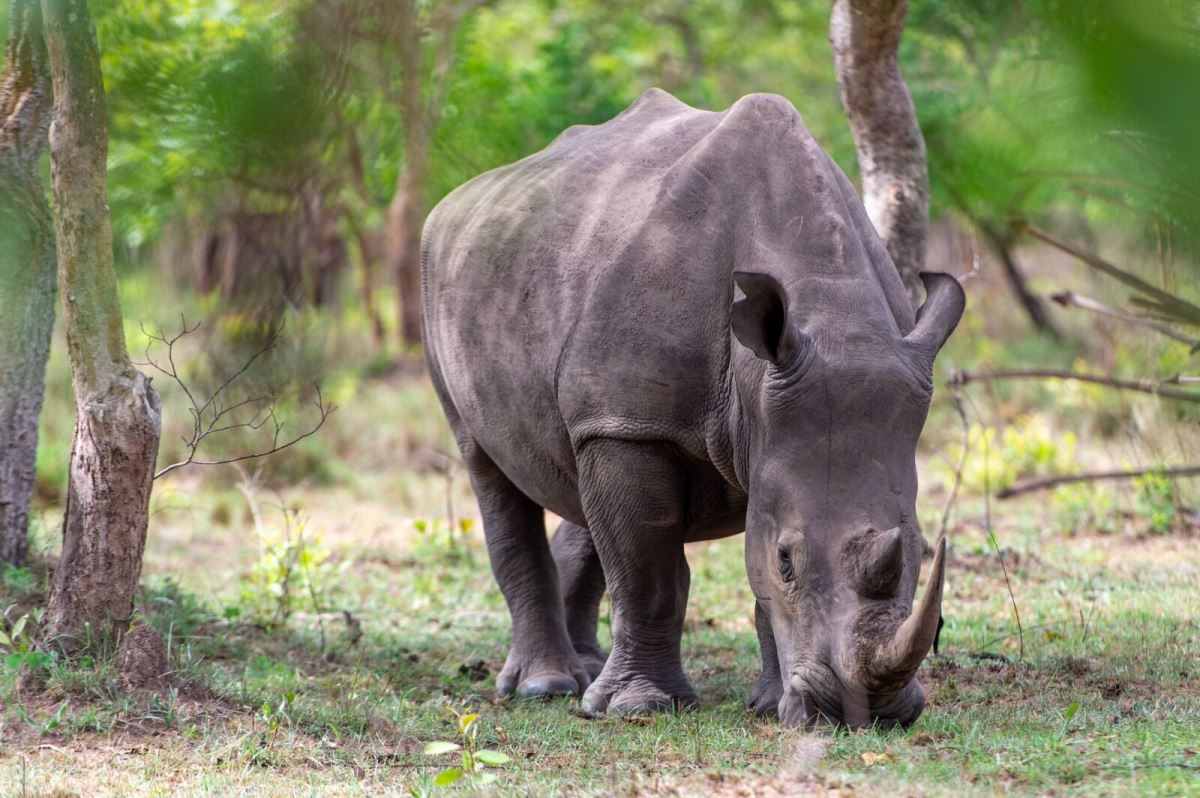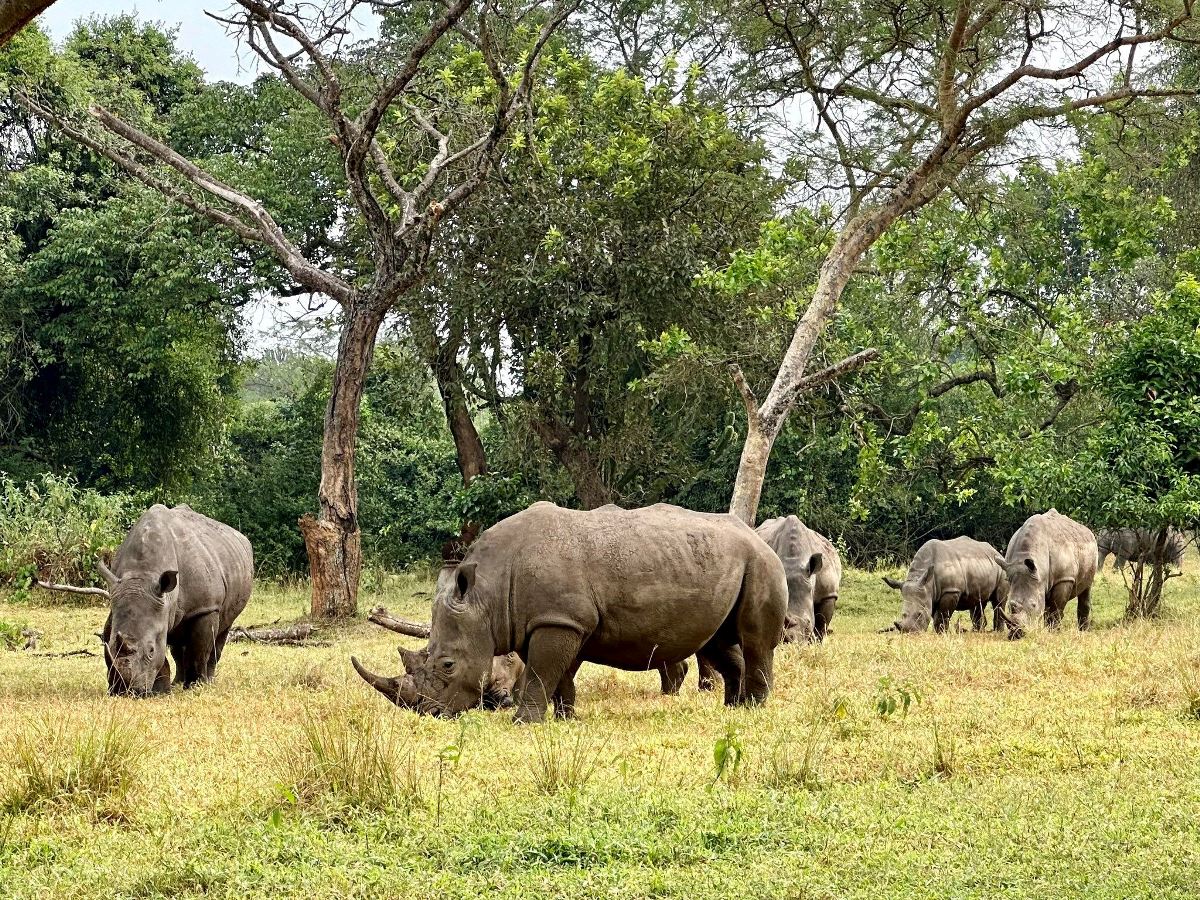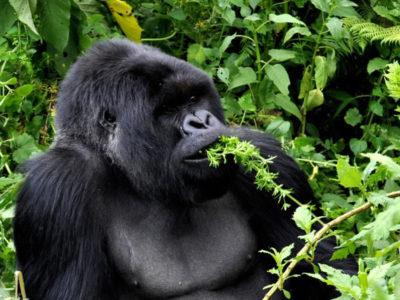Ziwa Rhino Sanctuary Travel Guide, Central Uganda
ZIWA RHINO SANCTUARY TRAVEL GUIDE
LOCATION OF ZIWA RHINO SANCTUARY, UGANDA
Ziwa Rhino Sanctuary is located in the Nakasongola District of Central Uganda. It’s situated near Mukerenge Village, in the Kafu River Basin, off the Kampala-Gulu Highway. The sanctuary is approximately 176 km (about 109 miles) North of Kampala.
POPULATION OF ZIWA RHINO SANCTUARY, UGANDA
Since its establishment, the rhino population has steadily increased. As of June 2024, the sanctuary is home to 41 rhinos.
SOME HISTORY OF ZIWA RHINO SANCTUARY, UGANDA
Ziwa Rhino Sanctuary, located in the Nakasongola District of Uganda, was established in 2005 with the primary goal of reintroducing Southern White Rhinos to the country. This initiative was a collaborative effort between the Uganda Wildlife Authority and the Ziwa Rhino and Wildlife Ranch, a private land management company.
By the mid-1980s, both the Black Rhinoceros and the Northern White Rhinoceros had been wiped out in Uganda due to poaching and prolonged armed conflict.
The sanctuary began with the introduction of six Southern White Rhinos between 2001 and 2006. These efforts were part of a broader strategy to restore Uganda’s rhinoceros population.
The sanctuary covers an area of 70 square kilometers (27 square miles) and is surrounded by a 2-meter (6.6 feet) electric fence to protect the rhinos from poachers.
Conservation Efforts: The sanctuary employs around 78 park rangers and security guards who monitor the rhinos 24/7 to ensure their safety.
Tourism: Ziwa Rhino Sanctuary offers various tourist activities, including on-foot rhino trekking, birding tours, and nature walks. The sanctuary is also home to other wildlife species such as monkeys, antelopes, and numerous bird species.
Educational and Ecological Impact: The sanctuary not only serves as a safe haven for rhinos but also plays a crucial role in educating the public about wildlife conservation. It provides a unique opportunity for visitors to observe these majestic animals in their natural habitat.

